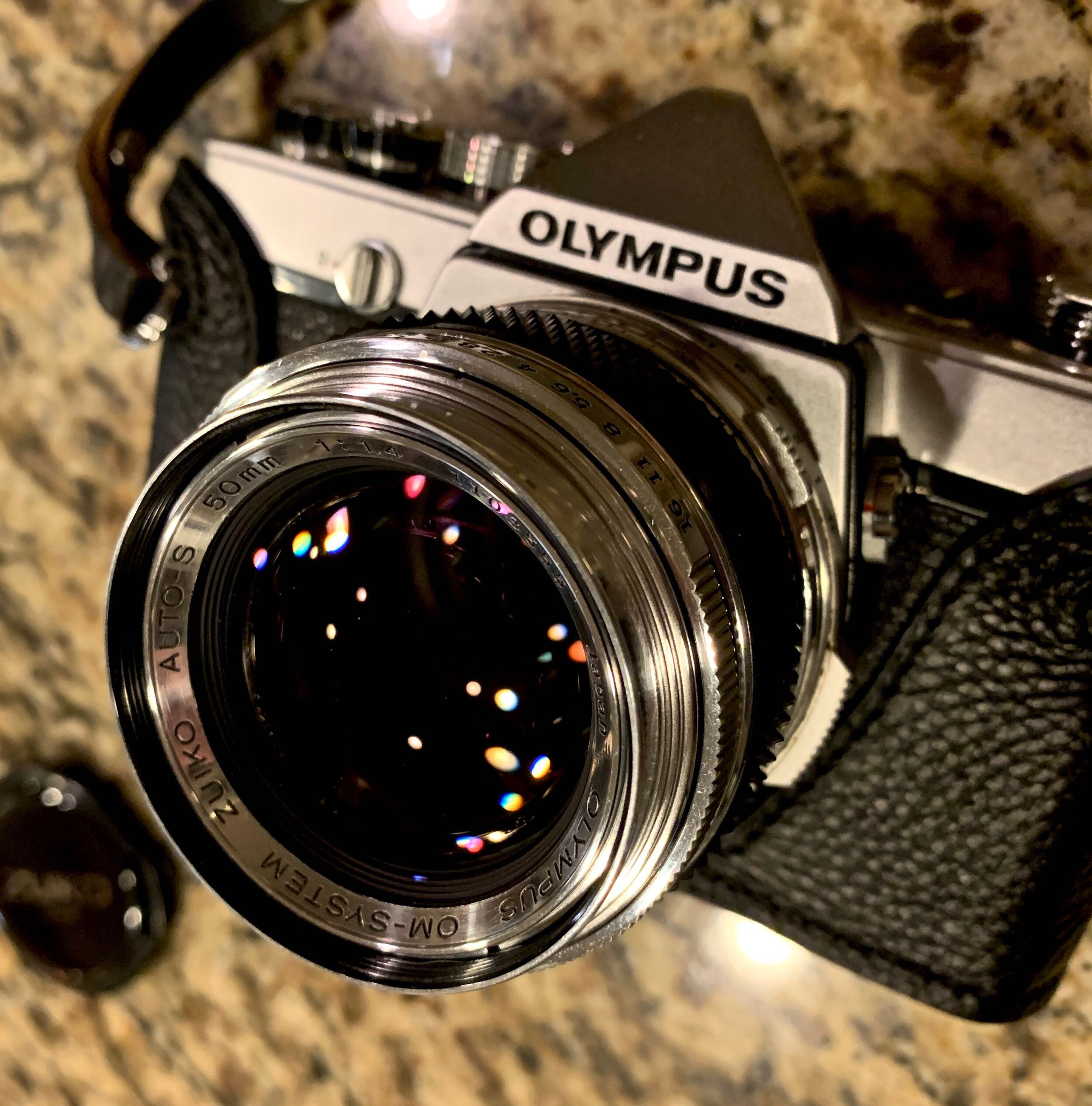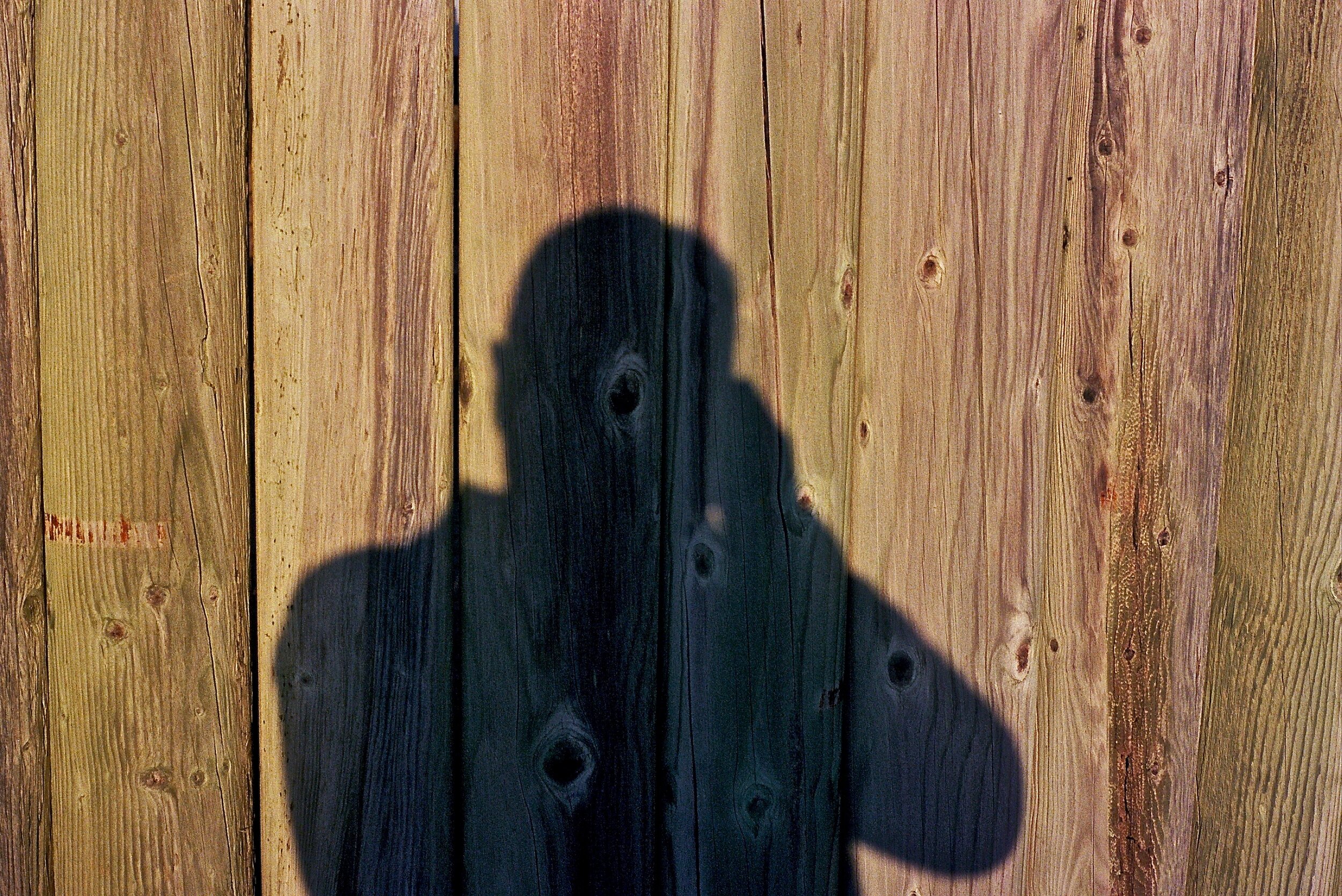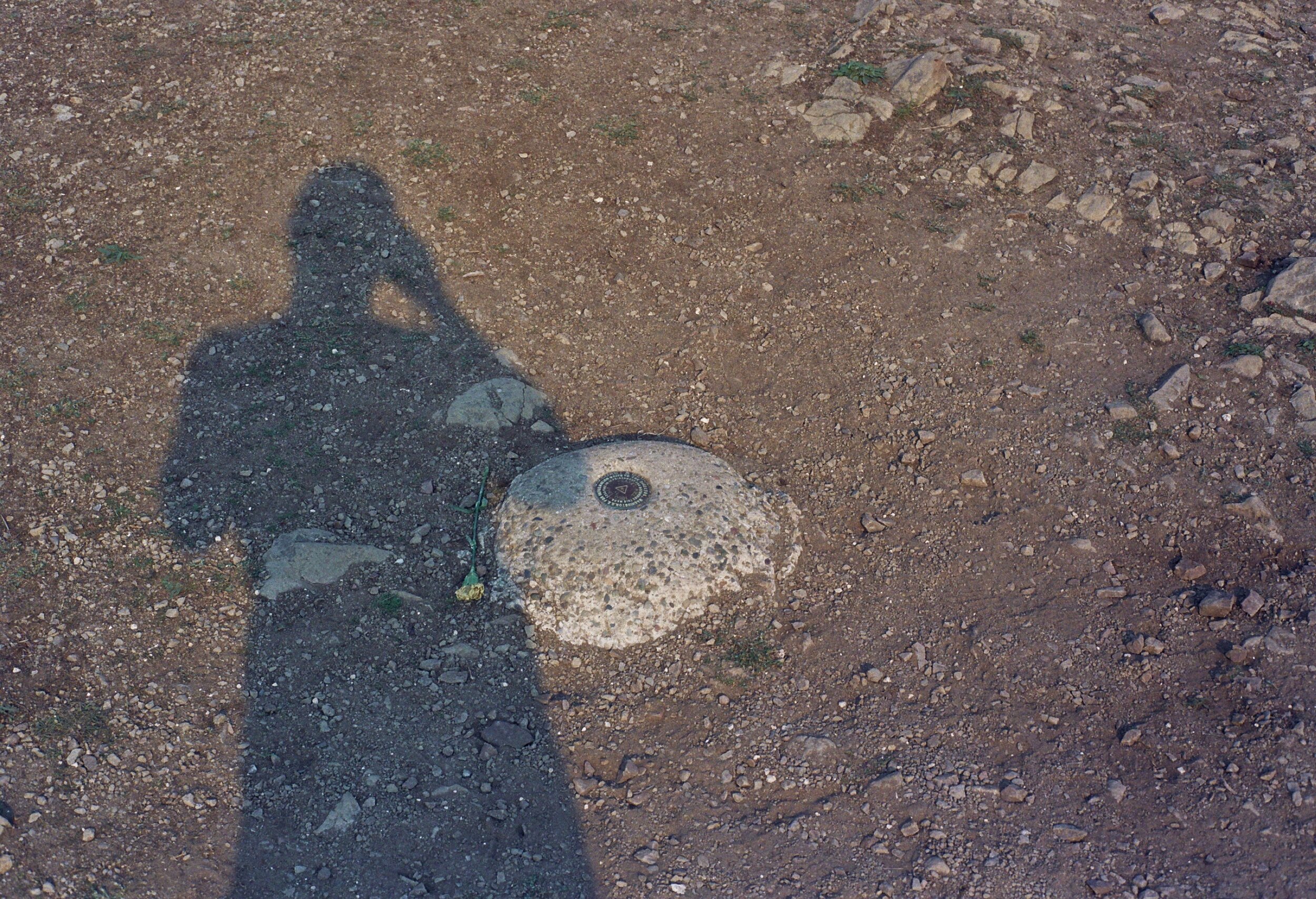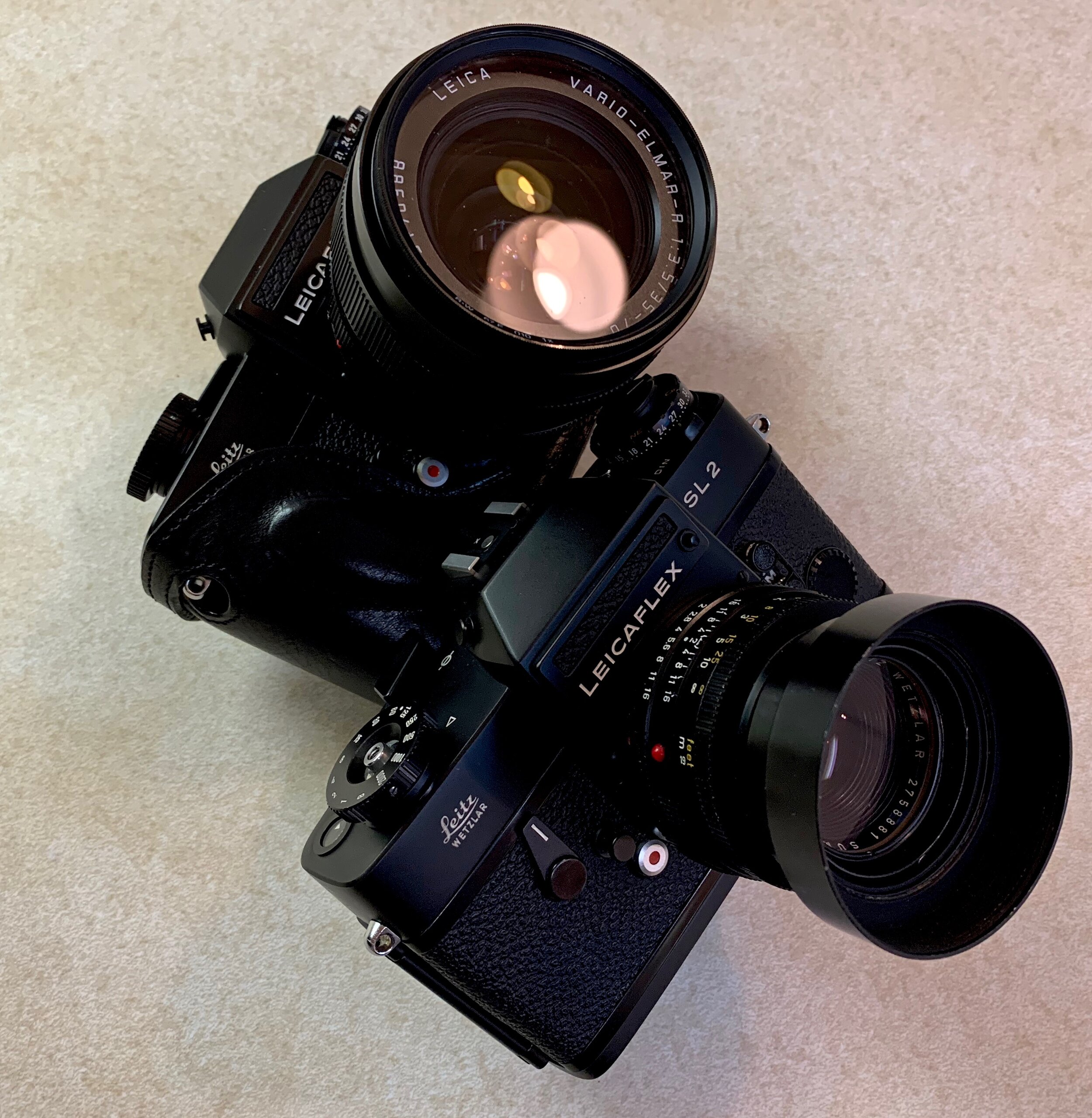I went to work as a disc jockey at a radio station when I was 19 years old. I was very lucky. I got a job in radio when I still should have been learning about it.
It was a small radio station in a tiny little town in Upstate New York. WEBO was a 5000 watt AM daytime only station which also simulcast on 101.7 FM. When the AM station signed off at sunset, the FM continued on into the evening.
I happened to apply at just the moment that the evening announcer had resigned. I interviewed and got the job. Seven in the evening until the station signed off at one in the morning, five nights a week with an occasional Saturday afternoon shift. I was ecstatic! I couldn’t wait to get to work each evening. I loved spinning records, trying to talk the intros up until just the moment that the vocals kicked in. We carried network news live from the Mutual Broadcasting System and I got to be an expert at back timing a song to leave just enough time for a station ID before the top and bottom of the hour newscasts.
As was the case with local radio stations of that era, we had a news department with a two person staff—a very serious news director and a reporter. They were constantly out covering city council meetings and ribbon cuttings. The station even broadcast the town’s high school football games live.
The station owner and one salesperson did all of the advertising sales. Ten second live spots sold for one dollar. We called it “a dollar a holler.”
We did live remotes from the local feed store and the annual downtown Strawberry Festival. We even did a live broadcast from a raft floating down the Susquehanna River during the annual Great Owego to Nichols Raft Race.
I think I only made a couple of hundred dollars a week, if that. But I would’ve done it for free.
Six months into my tenure there, the owner of the station decided to split the AM and FM signals. WEBO-AM would continue on as an adult contemporary, news and information station. The FM would get the call letters WWWT and because disco music was so huge at the time, the new station—called 3WT—would go all disco. Yes…Donna Summer, Chic, KC & The Sunshine Band…you get it. I wasn't a huge fan of the music, but it was exciting to be part of one of Upstate New York’s first all disco stations.
Local newspaper and television covered the launch of the new station and the arrival of disco radio to the market. Even though disco was peaking everywhere else in the world, our little FM station caught on big time. The request lines rang night and day. Our signal barely reached out of town, but students at the State University of New York at Binghamton would hang wires outside the dorm windows to pick us up. When the Binghamton Arbitron ratings came out a few months after we launched, 3WT was huge hit.
We only had about eight months of hoopla before disco began its decline. Disco 3WT evolved into Musicradio 3WT, and our format switched to Top 40 music. I moved from the evening shift to mid-days, on the air from ten in the morning until 2 in the afternoon. We had a great staff…a kooky morning man, chain smoking afternoon jock and eclectic evening guy. Radio was live and local and fun. We all loved working there so much that even when we weren’t working, we’d all just hang out at the station.
I left that little town to try and seek radio fame and fortune in Phoenix, Arizona. I did work a few radio jobs in that big market before the reality of the industry’s lack of job security and low pay forced me to reevaluate my career. I went into advertising and marketing. It’s still how I make my money.
I think I’ve worked a dozen or so different jobs in my life, but those first short years at that little radio station were the sweetest. It was the best job I ever had. What about you? What was the best job you ever had?






































































































































